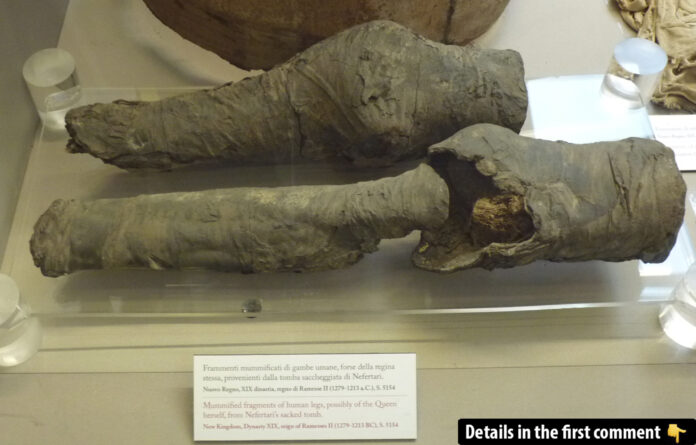In 1904, when the tomb of Queen Nefertari was uncovered, archaeologists discovered stunning works of art, but one more curious find remained hidden in the Turin Museum for decades: a pair of mummified legs. Could these remains belong to Nefertari herself, one of the most renowned queens of ancient Egypt? Recent investigations have revealed surprising discoveries, opening a new chapter in the exploration of Egypt’s ancient history.
The Tomb of Queen Nefertari: A Glimpse into Royal Burial Practices
Nefertari, the second and favorite wife of Pharaoh Ramesses II, was a woman of immense influence. Her tomb, QV66, is one of the largest and most elaborately decorated in the Valley of the Queens. It was a testament to her royal status and the deep love her husband, Ramesses II, had for her. Ramesses, often referred to as Ramesses the Great, so revered Nefertari that he had a monumental temple built in her honor at Abu Simbel, standing beside his own in a gesture of unparalleled respect.
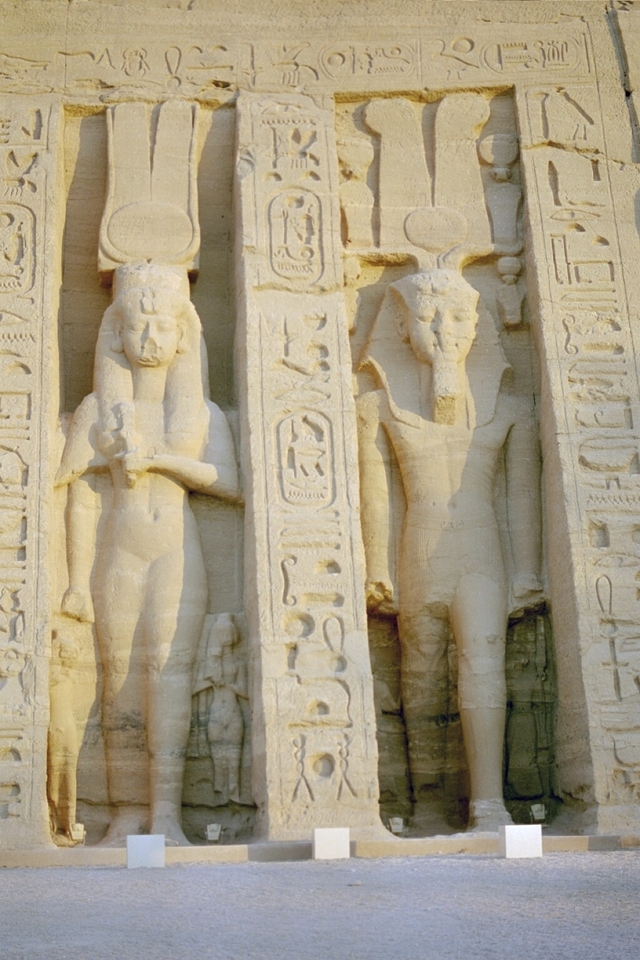
However, when Schiaparelli first uncovered the tomb in 1904, it had already been looted, and the treasures once thought to adorn the burial site were gone. What remained were fragments: a broken sarcophagus, remnants of furniture, sandals, and among them, the curious mummified legs. Despite the significance of the find, the legs were not thoroughly examined until recent years, leaving a mystery waiting to be unraveled.
Step inside Nefertari’s Tomb – watch the video to explore the stunning beauty and ancient history of one of Egypt’s most famous tombs!
The Mummified Legs: Unraveling the Mystery
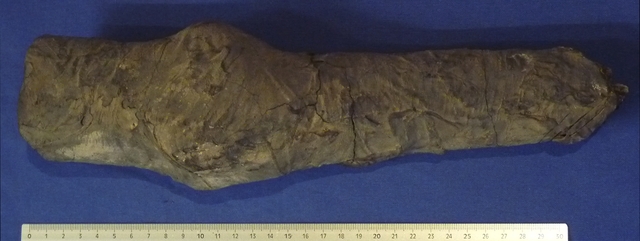
The mummified legs were found in three pieces: a long fragment containing a patella and part of the femur and tibia, a medium-sized piece with part of a tibia, and a shorter section from a femur. At first glance, it was assumed that these remains belonged to Queen Nefertari, given their location in her tomb. However, until now, there had been no scientific study to confirm this theory.
In recent years, a multidisciplinary team of scientists, including anthropologists, archaeologists, and medical experts, began a comprehensive analysis of the mummified legs. Using cutting-edge techniques, including X-rays, radiocarbon dating, osteological analysis, and DNA testing, they embarked on a quest to confirm the identity of the remains.
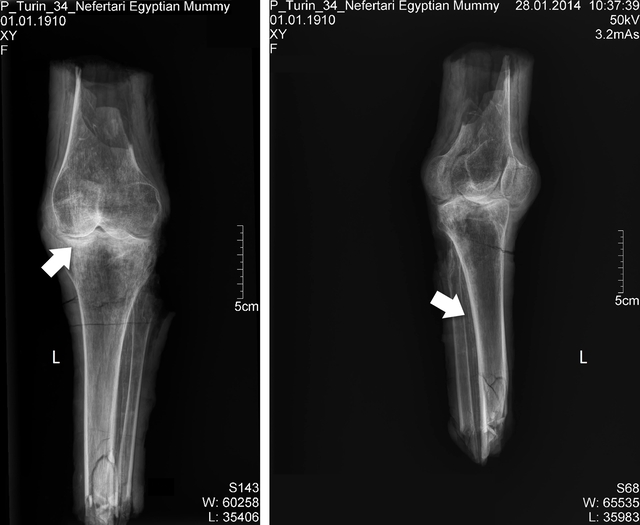
Scientific Investigations and Findings
Radiocarbon dating is a critical tool for establishing the age of ancient remains, and the results of this test raised intriguing questions. The carbon dating of the mummy’s remains showed that they were significantly older than Queen Nefertari’s historical death, raising doubts about the precise chronology of Egypt’s New Kingdom. According to traditional Egyptian chronology, Nefertari died around the 25th year of Ramesses II’s reign, but the radiocarbon results suggested the remains were closer to 1600–1450 B.C., more than two centuries before her time.
However, the team cautioned that these results could have been influenced by contamination from the tomb’s surroundings, making the discrepancy more a matter of debate than definitive proof. Despite this, they found compelling evidence supporting the connection between the legs and Nefertari.
Through X-ray analysis, signs of arteriosclerosis, a condition associated with aging, were visible in the knee joints, which suggested that the individual was between 40 and 60 years old at the time of death. This age range corresponds with what is known about Nefertari’s age, aligning with historical records that suggest she passed away in the prime of middle age. Additionally, the embalming materials found on the remains—animal fats and substances typical of the Ramesside period—further reinforced the hypothesis that these were indeed royal remains.
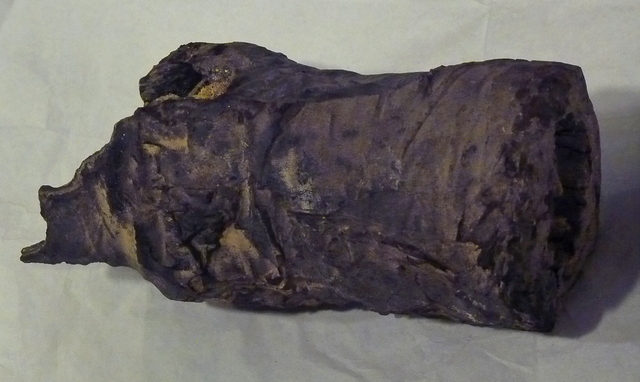
One of the most significant findings was the reconstruction of the queen’s height. Anthropometric analysis estimated that Nefertari stood between 5 feet 5 inches (165 cm) and 5 feet 6 inches (168 cm)—a height above average for women of her time. This was consistent with the dimensions of a pair of sandals found in the tomb, which also matched the size of the queen’s legs.
Video
Watch as experts finally identify the mysterious ancient knees – explore this fascinating discovery and the clues it reveals about ancient history!
Identifying Queen Nefertari: The Case for the Queen
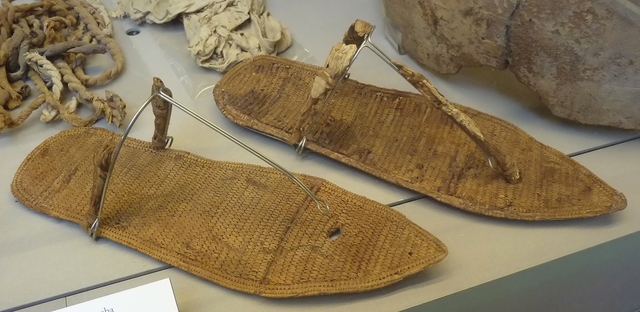
The size of the remains, the signs of aging, and the matching sandals all pointed towards the possibility that these legs belonged to Queen Nefertari. In addition, the tomb’s other contents, including inscriptions and artifacts, provide no evidence of another burial in the tomb, ruling out the possibility of the remains belonging to one of Nefertari’s daughters.
The researchers also noted the absence of a secondary burial, which would be expected if the tomb had been reused for another royal burial. Given these factors, and the anatomical evidence, the team concluded that the most likely scenario is that these mummified legs belonged to the queen herself, although absolute certainty remains elusive.
Nefertari’s Life and Legacy: Why She Matters
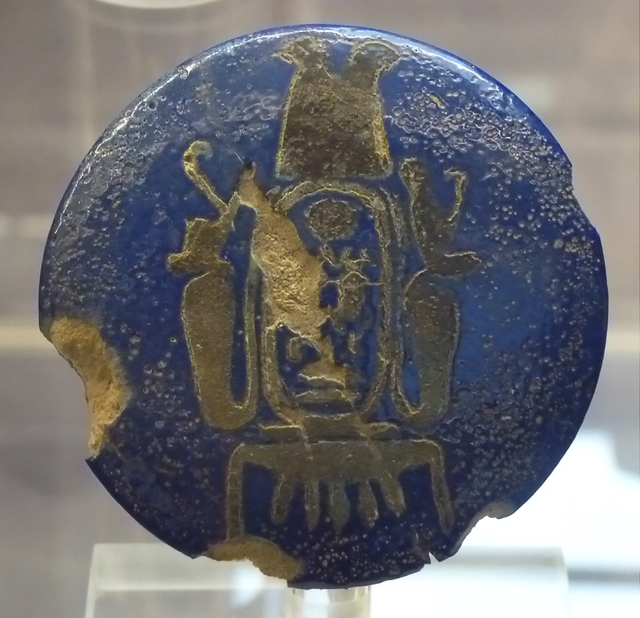
Queen Nefertari’s story goes beyond the walls of her tomb. Her relationship with Ramesses II is one of the most famous love stories in ancient history. Ramesses, in his devotion to Nefertari, spared no expense in honoring her. The grand temple at Abu Simbel, where her likeness stands side by side with his own, is one of Egypt’s most iconic landmarks.
Nefertari’s tomb, often referred to as the “Sistine Chapel of Ancient Egypt,” showcases her importance not only in life but also in death. The murals inside her tomb are unparalleled in their beauty, with vivid depictions of her journey through the afterlife, ensuring her eternal legacy as one of Egypt’s greatest queens.
The Larger Picture: What This Discovery Means for Archaeology
While the identification of Nefertari’s legs is significant, it also raises larger questions about Egyptian chronology. The discrepancies between radiocarbon dating and traditional dating models prompt further investigation into the dating methods used to establish the timeline of Egypt’s New Kingdom. Researchers suggest that this discovery could be the key to reevaluating the historical timeline of ancient Egypt.

In the future, additional radiocarbon dating of other royal and non-royal remains could either validate or challenge the current understanding of Egyptian history, providing fresh insights into one of the world’s most fascinating civilizations.
Conclusion: Unveiling the Past
The discovery of Queen Nefertari’s mummified legs, long neglected in a museum collection, is a testament to the power of modern scientific techniques in unlocking the mysteries of the ancient world. While the full story of Nefertari’s life and death remains elusive, the evidence gathered from her tomb allows us to glimpse into the life of one of Egypt’s most influential queens. Through this discovery, we are reminded of the enduring allure of ancient Egypt—its mysteries, its magnificence, and the queen who once stood at its heart.
